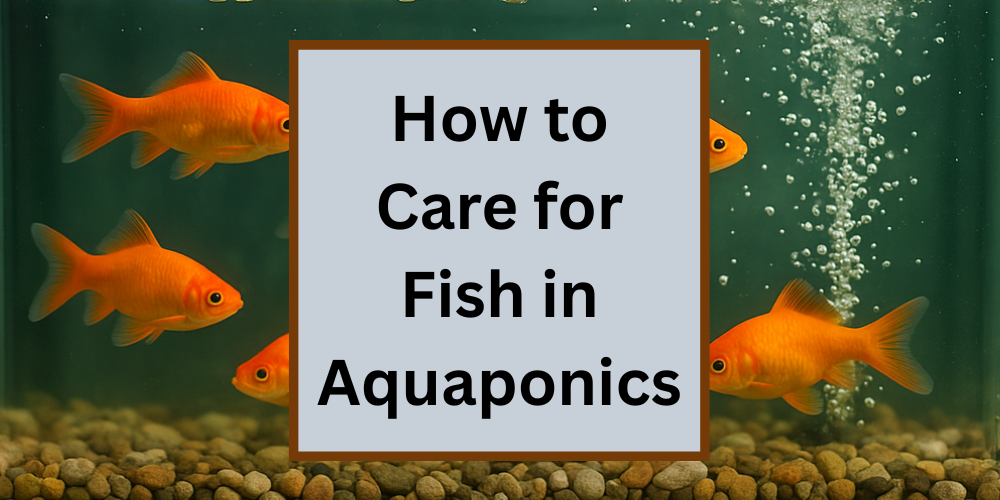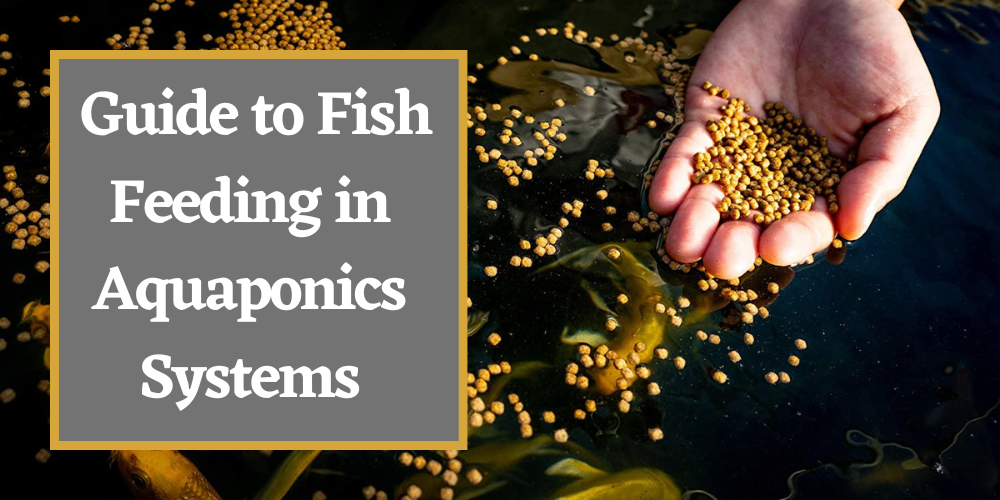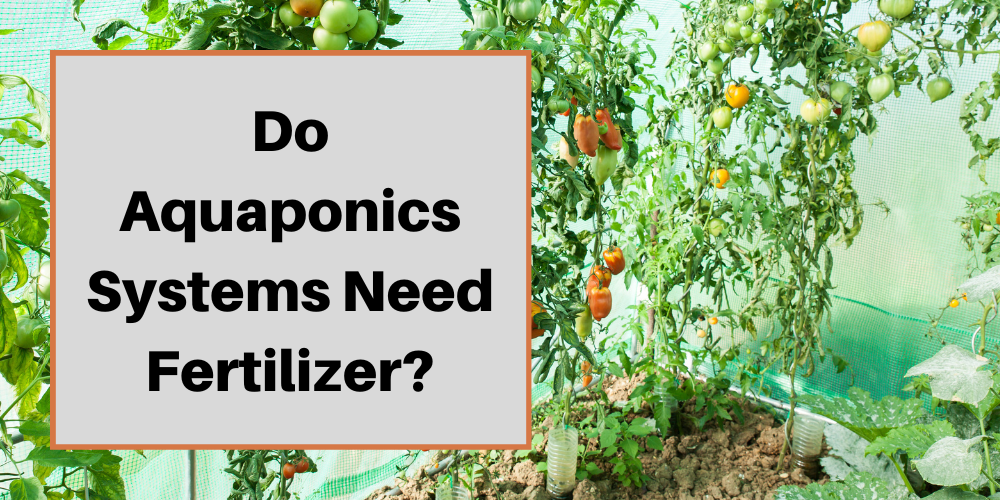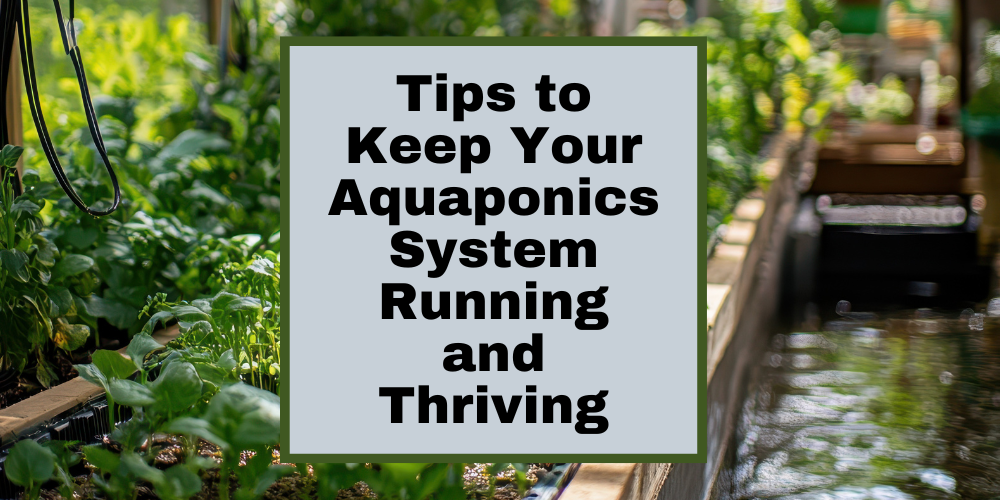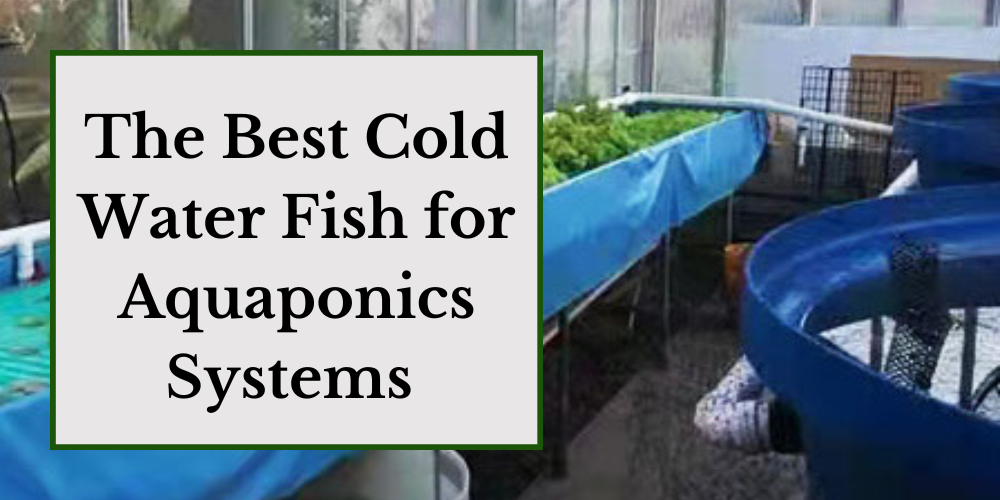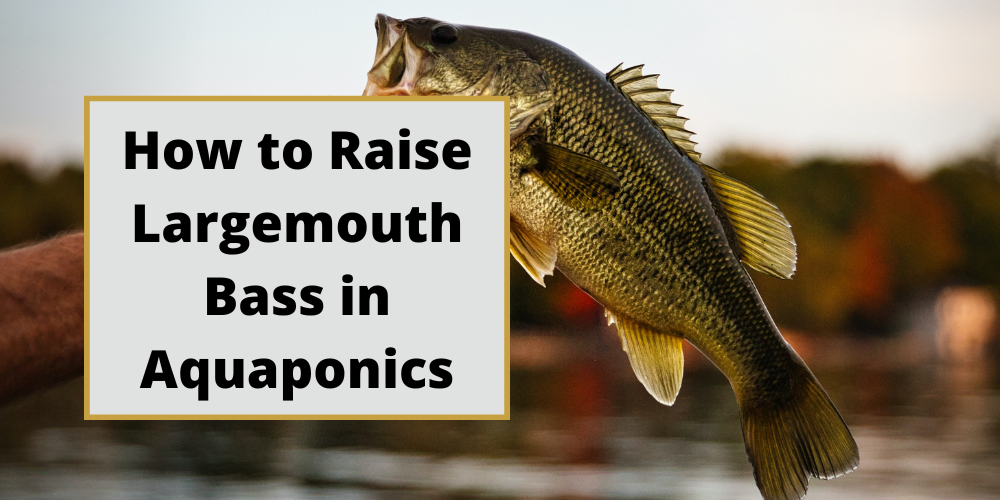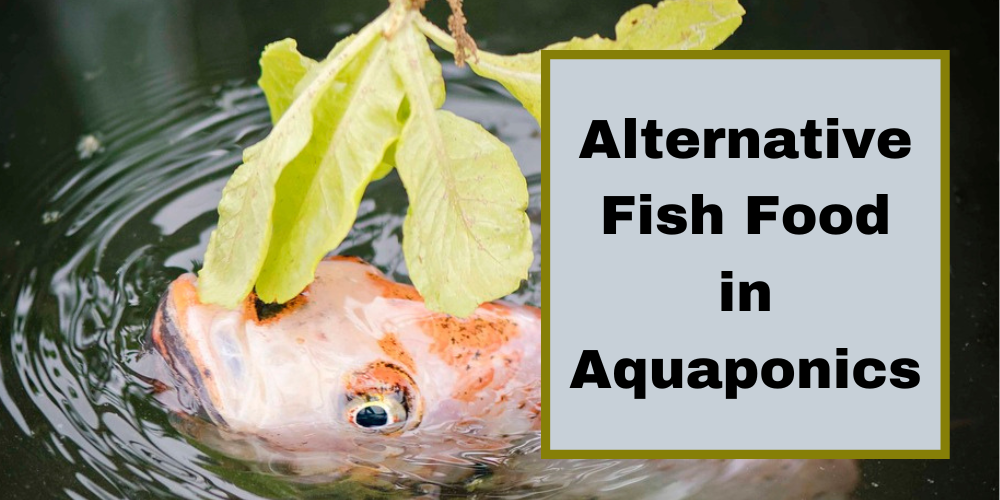Go Green Aquaponics Blog
Discover the secrets of successful catfish farming in aquaponics. Learn how to raise healthy catfish, optimize your system, and troubleshoot common issues for a thriving aquaponics venture.
- January 12, 2026
Learn how to safely remove chlorine and chloramine from tap water to protect your fish, plants, and bacteria. Discover the best dechlorination methods, common mistakes to avoid, and pro tips for maintaining a thriving aquaponics system.
- January 12, 2026
Discover essential tips for successfully transitioning fingerlings into your aquaponic system. Learn about water quality management, acclimation techniques, feeding practices, disease prevention, and troubleshooting common issues to optimize the health and productivity of your fish and plants.
- January 12, 2026
Caring for fish is a vital part of maintaining a healthy aquaponics system. From choosing the right species to monitoring water quality, this guide covers the basics to help your fish thrive and keep your system balanced.
- January 12, 2026
Power failures can disrupt your aquaponics system, risking fish, plants, and bacteria. This guide covers how to prepare, emergency actions to take, and steps to restore your system safely. Stay ahead of outages and keep your aquaponics thriving!
- January 12, 2026
While plants in aquaponics rely on light for growth, fish have different needs. Do they require light for health, activity, or breeding? In this blog, we explore how fish respond to light, its impact on water quality, and common myths. Plus, we share best practices for maintaining a balanced light cycle to keep your aquaponics system thriving.
- January 12, 2026
Fish feeding is essential for maintaining a healthy, thriving aquaponics system. Proper feeding supports fish growth, ensures nutrient-rich waste for plants, and keeps the system balanced. This guide covers best practices, feed selection, and sustainable tips to optimize your aquaponic setup.
- January 12, 2026
Learn how to maintain nutrient balance in your aquaponics system. Discover best practices for feeding, monitoring, and system design to ensure healthy plants and thriving fish without the need for traditional fertilizers.
- January 12, 2026
Discover essential tips for maintaining a healthy aquaponics system with our comprehensive guide. Learn how to monitor and manage your system effectively, balance fish and plant populations, control water temperature, ensure proper oxygenation, and troubleshoot common issues. Keep your aquaponics setup thriving with practical advice and expert insights.
- January 12, 2026
Discover the best cold-water fish for aquaponics systems. Learn about trout, salmon, perch, and goldfish, their benefits, and key considerations for choosing the right species to optimize your sustainable farming setup.
- January 12, 2026
Explore the world of largemouth bass aquaponics—a sustainable and efficient farming method. Learn the advantages and challenges of raising largemouth bass in aquaponics systems. Dive into our guide for insights into setting up, maintaining, and harvesting from a largemouth bass aquaponics system."
- January 12, 2026
Explore sustainable aquaponics by using alternative fish food. Discover the cost-effective and environmentally friendly options for enhancing fish health and reducing reliance on commercial fish food.
- January 12, 2026






